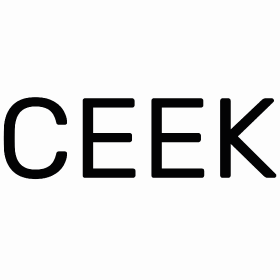
Illuminating the Shadows: The Power of Dark Social in Digital Marketing
Despite the mysterious ring to its name, dark social isn’t as intimidating as it sounds. At Spark Social Agency, we like to think of it as a hidden treasure trove of social sharing and chats that fly under the radar …

Micro-Influencer Marketing for Small Businesses: Going Big without Going Broke
Influencer marketing is rapidly evolving into a critical tool for small businesses. In the United States alone, a significant investment of $7.14 billion is projected from brands in influencer marketing for 2024. As small businesses navigate the crowded online space, …

Inclusive Social Media Content: How To Reach All Audiences
Inclusive social media content considers the diverse needs of all audiences, including users with different first languages, cultural backgrounds, dietary requirements, or disabilities such as sight loss. When creating social media posts, videos, captions, or stories, you must consider the …

The Authenticity Equation: Navigating Production Quality in Social Media Videos
Within marketing, video content consistently shines as the standout element of effective content strategies. As brands strive to forge genuine connections with their audience, they navigate the challenge of aligning with the high volume of consumers who review authenticity as …

Boost Your Brand: Must-Try Social Media Trends for Guaranteed Results
Social media is more significant than it has ever been in 2024. As a brand, you want to invest in the right social media platforms to help drive brand awareness that will lead to an ROI. As the owner of …

Beyond Reels & Shorts: The Future of Social Media Marketing is Real, Raw and AI-Powered
The world of social media is constantly evolving, and 2024 promises to be a year of exciting innovations and breakthroughs. After several years of changes and adaptation to new realities, new horizons in social media marketing await us. It’s time …

Why Every Doctor Needs a Social Media Presence (And How to Build It!)
Gone are the days when social media was just a playground for casual interactions. Today, it’s a powerhouse, especially in the healthcare world. The healthcare industry is not left behind when it comes to the necessity of having a digital …

Why & How Should Lawyers Utilize Social Media Marketing Strategies?
Having a well-thought social media strategy has steadily gained importance for law firms over the past decade, and this trend shows no signs of slowing down as we enter 2024 According to 2023 data, there were 4.89 billion global social …

11 Types of Fashion TikTok Influencers
Welcome to TikTok’s vibrant world of fashion, where style meets innovation! With TikTok’s meteoric rise, fashion influencers on this platform have become trendsetters and style icons, influencing millions daily. In this blog, we dive into the varied world of fashion …

10 Free Social Media Listening & Monitoring Tools: What’s Being Said About Your Business?
Wondering what people are saying about your brand, product or service but in a more budget-friendly way? We got you covered with this free social media monitoring tools 2023 list! There’s a lot of mention going around on social media. …

Social Media for Fintech Companies: Up-to-Date Marketing Strategies
Back in 2022, Sprout Social released a report, titled “The State of Social Media Marketing in 2022,” which surveyed over 1,200 and found that 68% of consumers are more likely to trust a financial brand that is active on social …

Top 12 Digital Marketing Influencers to Follow on LinkedIn
For some, influencers can recall Instagram. However, the digital …
























